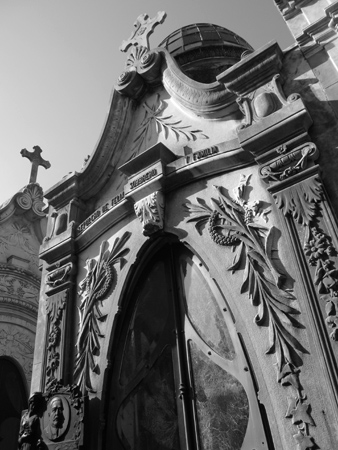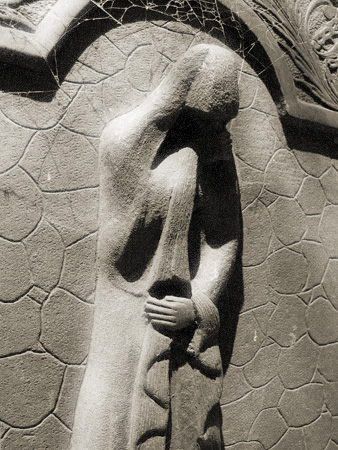
One of the great opposers of Juan Manuel de Rosas & Nicolás Avellaneda is here… or maybe not.
Born in 1817, Tejedor became politically active while studying law at the University of Buenos Aires. Firmly against authoritairan Rosas, he decided to ride the storm & remain in Buenos Aires while most of his friends went into exile. Forming the Club de los Cinco, Tejedor plotted against Rosas with ranchers in the southern province. If a revolution could hit Rosas where it hurt economically, then perhaps he could be removed from politics. Fat chance. The Maza Conspiracy failed, forcing Tejedor to flee to Chile.
Returning to Buenos Aires after Rosas left for England, Tejedor was elected to Congress twice but resigned both times based on principle. He fought for the independence of Buenos Aires along with fellow intellectuals Valentín Alsina, Adolfo Alsina, José Marmol & Pastor Obligado. Representing Buenos Aires after the 1859 Battle of Cepeda, the city swore to the national consititution but did not hand over the big prize of port duties. In turn, this lead to the 1861 Battle of Pavón & yet another defeat for Buenos Aires.
In 1878, Tejedor became governor of the Province of Buenos Aires & openly opposed President Nicolás Avellaneda. Although strongly supported, Tejedor failed to defeat Roca in the presidential elections of 1880. When Tejedor learned of Avellaneda’s plan to make Buenos Aires the national capital, he gathered forces to overthrow the current President & annul election results. Avellaneda fled to Belgrano (at that time not incorporated into the city limits of Buenos Aires) & left President-elect Roca in charge of the Army. After battles in Flores, Barracas, & Parque Patricios, Tejedor’s forces were defeated.
Carlos Tejedor did not resign from politics & later wrote a book titled “La Defensa de Buenos Aires” about the 1880 insurrection. But here’s my beef. Historians claim Tejedor died in 1903. Everyone else says Tejedor is buried here. The gloomy 1899 tomb pictured above doesn’t make sense. Tejedor should have a larger tomb based on his importance in national affairs, or at least the dates should coincide.
What gives?




